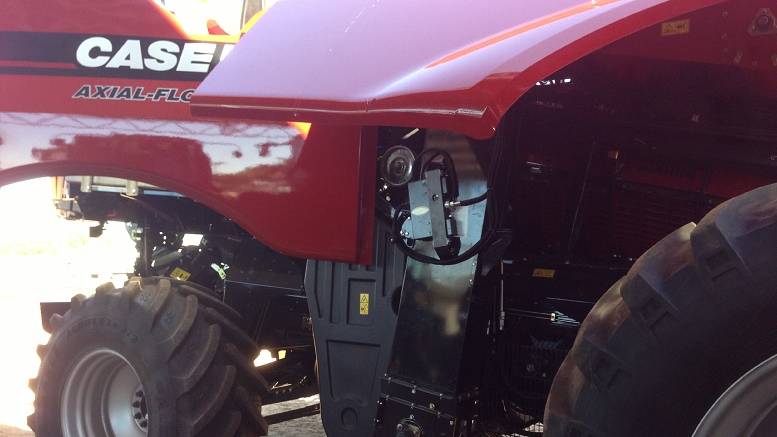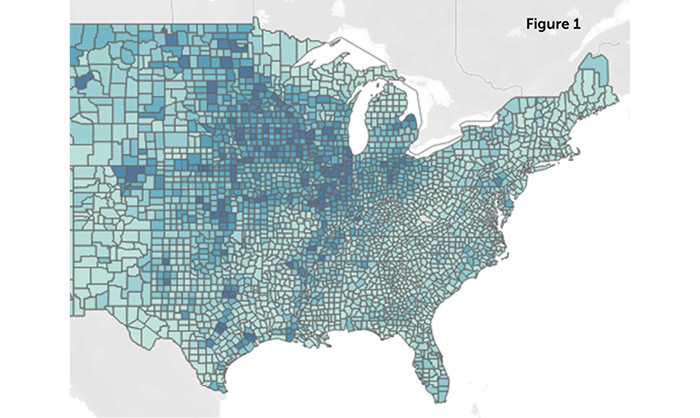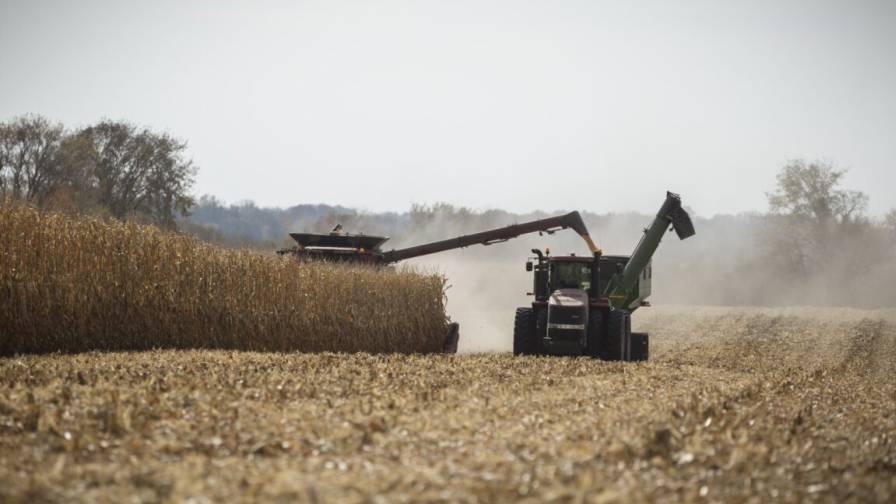Navigating the Pros and Cons of Early Planted Soybeans
Recently, many studies have focused on the benefits of early planted soybeans. One such study even focused on varietal maturity selection and yield impact.
But just how important is planting date in relation to soybean reproductive duration? The reproductive stage for a soybean plant occurs from R1 to R6, or from when a soybean begins to flower to when pods fully develop.
Research consistently demonstrates that the timing of soybean planting influences soybean yield. Early planting offers a distinct advantage, resulting in higher yields compared to delayed planting. This advantage is attributed to resource capture and utilization.
“The goal of planting early is to increase yield potential,” said Steve Cromley, a Pioneer Field Agronomist in Missouri. “We can accomplish this by getting the plants to flower early and extend the period of reproductive growth.”
A Pioneer study showed that an earlier planting date increases the duration of reproductive growth (R1 to R6) and Growing Degree Unit (GDU) accumulation during this time period. Both reproductive growth duration and GDU accumulation declined with later planting.
While early planting can offer yield advantages, it also comes with risks, such as frost events or adverse soil conditions affecting crop establishment, which may necessitate replanting. Understanding the risks and benefits allows farmers to make informed decisions to optimize soybean yield and ensure sustainable agricultural practices for the future.
A minimum soil temperature of 50 degrees Farenheit is a good rule of thumb, the same as planting corn.
“If you do plant before recommended planting dates, it’s advised to plant tilled fields first,” said Cromley. “Plant upland fields, avoid river and creek bottoms, and don’t plant shallow. Following these recommendations can lessen the impact of a freeze event.”





